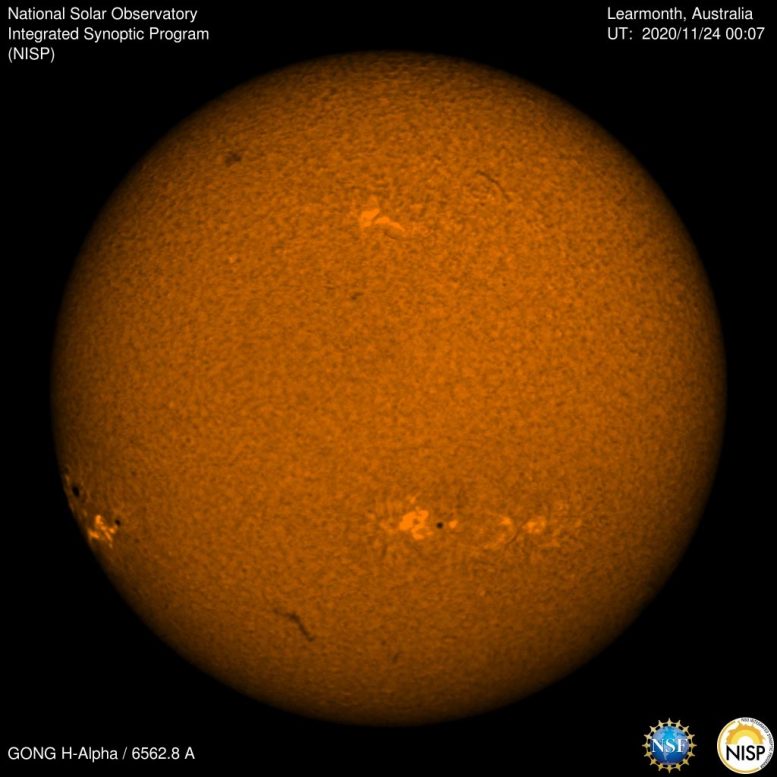
A large sunspot, predicted by NSO scientists, is rotating onto the face of the Sun, having been predicted by NSO scientists almost a week ago. Credit: SO/AURA/NSF
On November 18 scientists from the US National Science Foundation’s National Solar Observatory predicted the emergence of a new sunspot group just in time for Thanksgiving. Using a special technique called helioseismology, the team has been “listening” to changing sound waves from the Sun’s interior which beckon the arrival of the large feature. Recent changes in these sound waves pointed to the imminent appearance of a new sunspot group which we can now see from Earth near the eastern solar limb.
“We measured a change in acoustic signals on the far-side of the Sun,” explains Dr. Alexei Pevtsov, Associate Director for NSO’s Integrated Synoptic Program, the program responsible for the prediction. “We can use this technique to identify what is happening on the side of the Sun that faces away from Earth days before we can catch a glimpse from here. Having up to five days lead time on the presence of active sun spots is extremely valuable to our technology-heavy society.”
Solar storms often originate in sunspot regions, especially if the sunspot is large and complicated. The more tangled the magnetic field, the more likely it will result in large solar flares and coronal mass ejections which in turn can result in space weather effects at Earth. These include impacts on communications, GPS, and possibly electrical grid systems. NSO provides 24/7 “eyes on the Sun” through the GONG network which is funded by NSF and NOAA. The network consists of six monitoring stations positioned across the globe, observing the Sun’s magnetic field and other features all day every day.
“The ability of GONG to identify and track active regions emergent on the far side of the Sun has important implications for future space weather predictive capabilities,” said Dr. Carrie Black, Program Director at NSF. “GONG continues to be a valuable tool for both fundamental science research and operations.”
Dr. Kiran Jain, the scientist who is leading the far-side prediction at NSO, describes the evolution of the sunspot as “the strongest far-side signal we have had this solar cycle. We first noticed the signal in our far-side images on November 14, 2020,” she continues. “It was inconspicuous at first but grew quickly, breaking detection thresholds just one day later. Since we are in the very early phase of the new solar cycle, the signal from this large spot stands out clearly.”
The far-side maps use “helioseismology,” a technique developed by NSO scientists in the 1990s, to detect how sound waves interact with the Sun’s interior structure, especially magnetic fields.
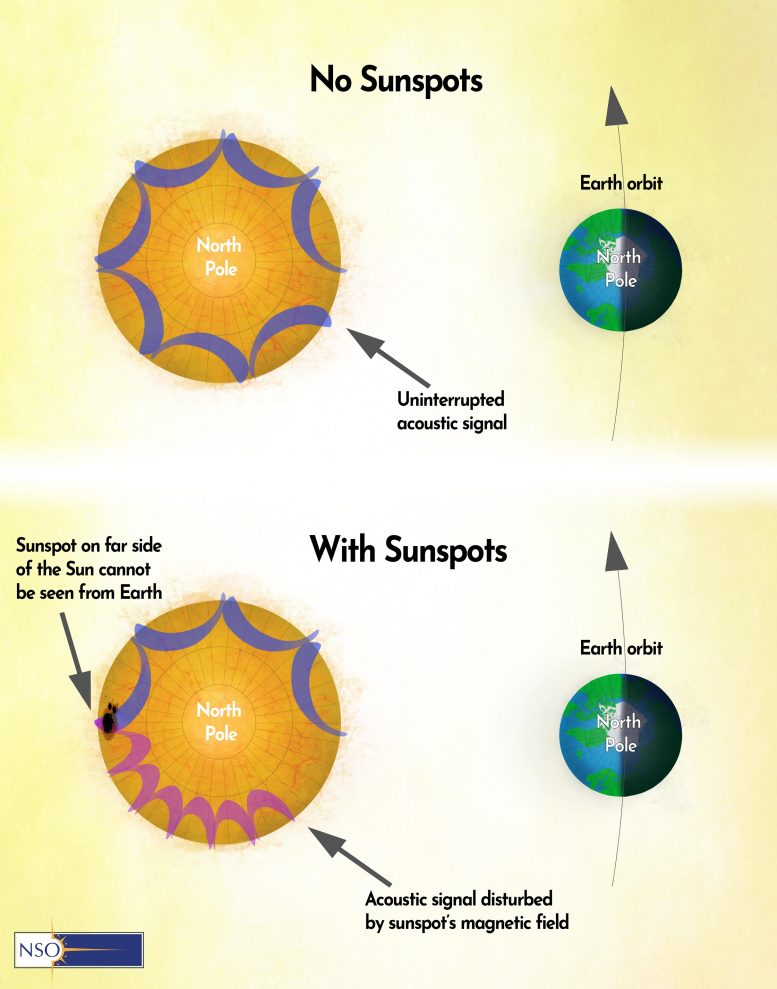
NSF-funded GONG network uses sound waves to measure changes inside the Sun, indicative of sunspots on the side pointing away from Earth. Artist’s impression of the Sun’s internal acoustic waves with no sunspots (top panel) and with sunspots (bottom panel). The sunspot’s magnetic field perturbs the acoustic waves, changing their signature. Measuring this change allows scientists to predict sunspots on the far side of the sun. Credit: NSO/AURA/NSF/C.Raftery
Seismology here on Earth measures sound waves traveling through Earth’s interior to reveal what we cannot see beneath the Earth’s surface. Similarly, helioseismology can highlight structures on the Sun that cannot yet be seen from Earth. Millions of sound frequencies bounce freely throughout the Sun’s interior, like a bell. Regions of strong magnetic fields perturb with these sound waves, thus a change in wave signal measurements indicates that sunspots may be present.
“The GONG network is providing an essential service to United States space weather preparedness,” explains Dr. Valentin Martinez Pillet, Director of the National Solar Observatory, “but GONG is close to three decades old and is in need of an upgrade. The original system was not created with space weather in mind, so we are exploring options for the Next Generation GONG network, with modern instrumentation specially attuned with space weather as a priority.”
The GONG measurements suggest the new sunspot has been growing since its first detection on the far side of the Sun late last week and is now finally visible from Earth, where it will continue to be monitored by the GONG network and other solar observing assets. The sunspot may be visible using binoculars or small telescopes with appropriate solar filters later this week as it passes across the face of the Sun.

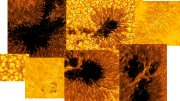

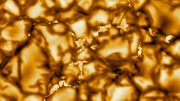
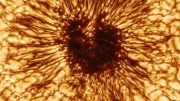
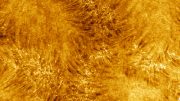
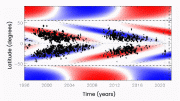
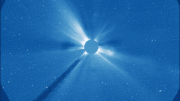
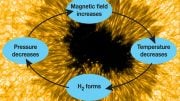
Be the first to comment on "Large Sunspot Predicted for Thanksgiving Using Helioseismology – “Listening” to Sound Waves From the Sun’s Interior"